Going out in Los Angeles? Have we got the culture guide for you
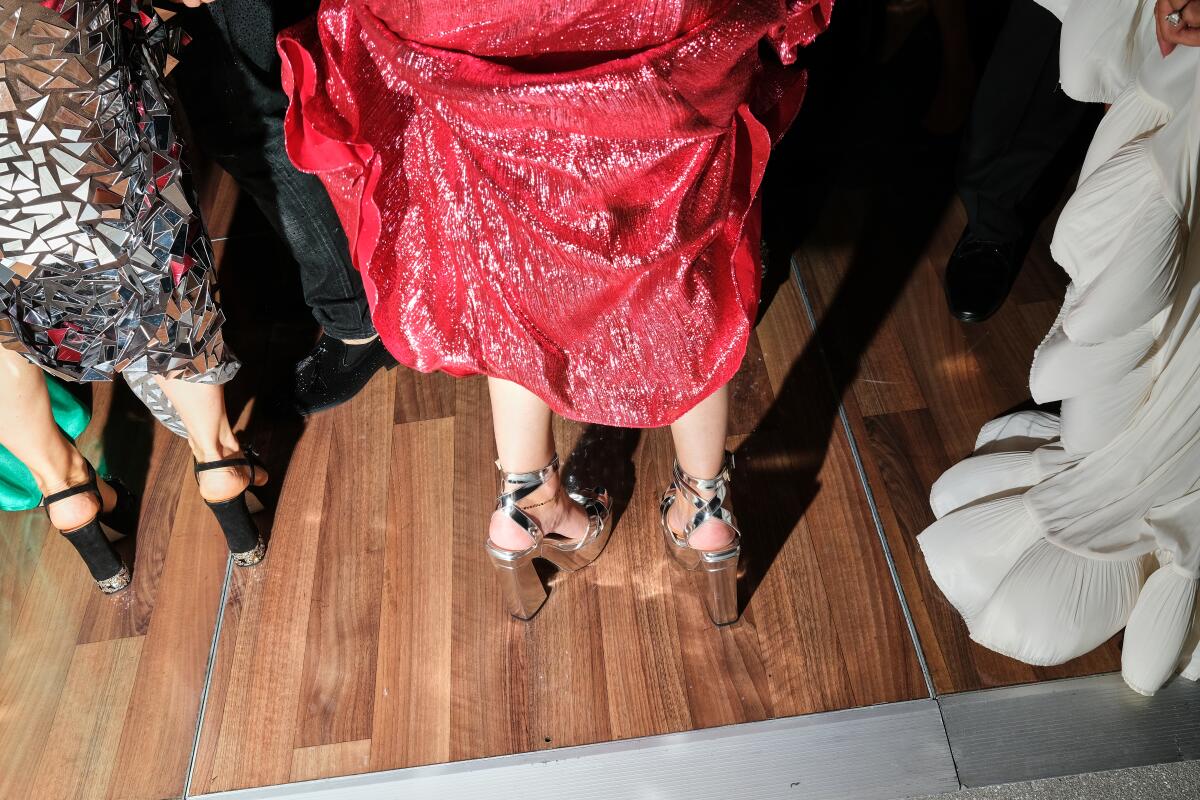
- Share via
Greetings from Scorpio season! I’m Carolina A. Miranda, art and design columnist at the Los Angeles Times, and I’m here with the week’s essential art news — and absurdist TikToks:
L.A. Goes Out
This fall marks the first real arts season since the before time. And I don’t know about you, but I am struggling to keep up with everything. (Did every delayed art show, museum, concert and performance need to land all at once?) Thankfully, my colleague Steven Vargas is here to guide you through the morass. Vargas — who has a background in dance and has written for USA Today, the L.A. Sentinel and Buzzfeed News, among many other publications — joined The Times’ arts team in August.
Among his many, many duties, he is launching a new newsletter called L.A. Goes Out, and the first issue lands next week.
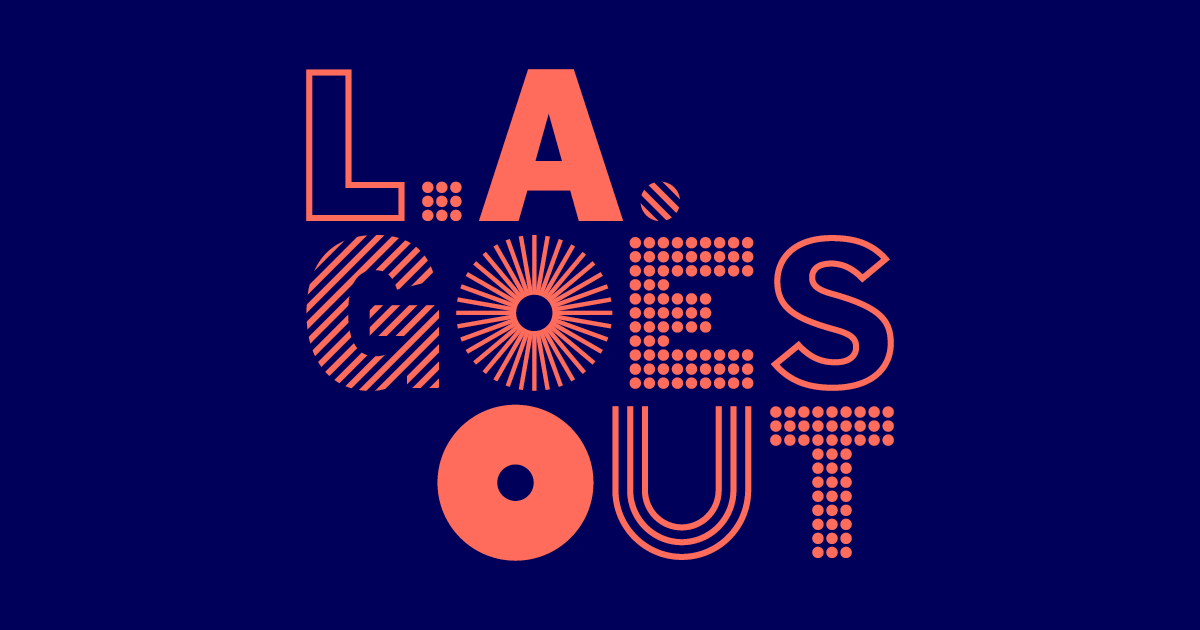
On a weekly basis, Vargas will pore over all of the latest happenings — from major works of theater to underground art shows — to bring you the best L.A. has to offer. He will also include suggestions from the rest of the arts team (yours truly included) as well as short dispatches on the events that are catching his eye. L.A. Goes Out is scheduled to land in inboxes on Wednesdays, giving you plenty of time to plan your weekend!
Make the most of L.A.
Get our guide to events and happenings in the SoCal arts scene. In your inbox every Monday and Friday morning.
You may occasionally receive promotional content from the Los Angeles Times.
A little bit about Vargas: He is originally from Texas, but he’s been digging into the L.A. scene for half a dozen years. (He moved here in 2016.) And he joined The Times first as an intern before coming on board full time over the summer. (If you didn’t catch the story he wrote for our LA Vanguardia package on Viktor Manoel and punking, a dance style that has its roots in L.A.’s queer underground clubs, then get over there now! It’s really good.)
He tells me that of all the works he has been marinating in as of late, he was particularly moved by Benjamin Benne’s “Alma,” which was recently staged at the Kirk Douglas Theatre. He was especially floored by a moment in which “Alma looks up at the night sky rupturing past the apartment walls as she claws out and voices the unforgettable truth that freedom, respect and space were taken away from her and her ancestors, forcing her to earn back what was rightfully hers.”
How would he describe himself in 280 characters or less? “Displaced Texan living in L.A., constantly dancing and writing about dance. Has the special ability to only communicate through TikTok sounds.”
I’m super excited to count him as a colleague. You can find his writings here and sign up for L.A. Goes Out at this link — it’s free!
And, as always, you can continue to find listings maestro Matt Cooper‘s online guides to a range of happenings and events on our website. His latest contains everything from a show of photography about the Rolling Stones to a dance theater fable about a hurricane survivor at the Odyssey Theatre.
Musical notes
The Israel Philharmonic performed last week at the Soraya — part of its first tour under new musical director Lahav Shani, a protégé of Zubin Mehta (who served as music director until 2019). Featuring symphonies by Gustav Mahler and Paul Ben-Haim, the show was “exceptional,” Times classical music critic Mark Swed reports. “Mehta is not an easy act to follow,” he writes, “yet Shani is clearly the right guy — tough and terrific — at the right time and place for this famously ungovernable orchestra.”
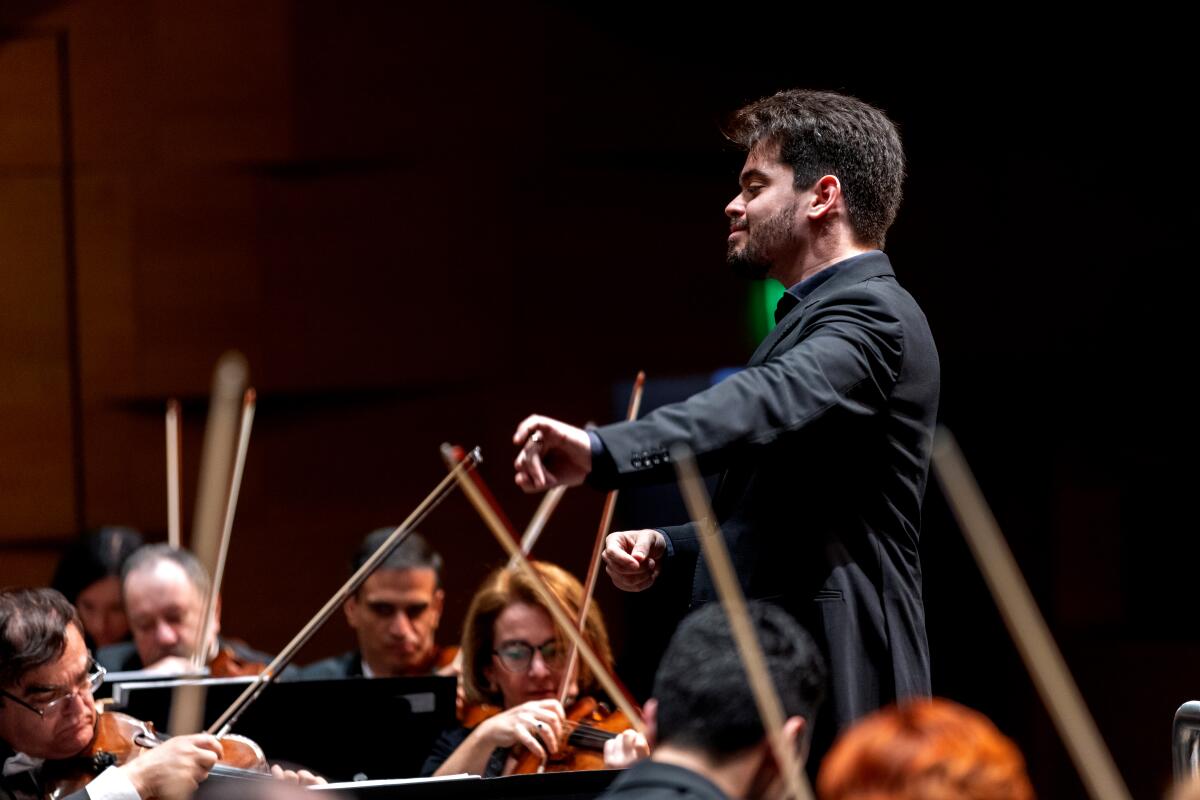
In Boyle Heights, a storied ballroom is coming back to life: The Paramount Ballroom, the historic musical hall which has hosted a raft of legendary acts — Count Basie, Benny Goodman, Don Tosti, Celia Cruz and Tito Puente — and also served as home to a Jewish baker’s union (in the 1920s) and a soup kitchen (the ‘30s). Times reporter Selene Rivera hangs with Frank Acevedo, who has revived the hall as a community gathering space and humming musical outpost.
On and off the stage
Horror isn’t just for the movies. “2:22 — A Ghost Story,” written by Danny Robins, recently opened at the Ahmanson Theatre. Directed by Matthew Dunster, Times theater critic Charles McNulty reports that the staging is “as slickly modern as it is unapologetically sensationalistic” and that “the scare tactics can get a little campy,” though “laughter isn’t incompatible with fear.” But how does it all hold together? Well, there are problems, writes McNulty — and they have to do with the writing.
Enjoying this newsletter? Consider subscribing to the Los Angeles Times
Your support helps us deliver the news that matters most. Become a subscriber.
Playbill is leaving Twitter: “In recent weeks, Twitter, Inc. has greatly expanded its tolerance for hate, negativity and misinformation. As a respected news outlet for the Broadway community, it would be irresponsible for us to continue to utilize platform where we and our readers cannot legitimately decipher actual news from insidious rhetoric.”
In and out of the galleries
I’ve been panic-reading Joan Didion essays, lurking the Joan Didion estate sale online and spending some quality time in the exhibition inspired by the author at the Hammer Museum, “Joan Didion: What She Means.” Organized by New Yorker critic Hilton Als in collaboration with Hammer chief curator Connie Butler and curatorial assistant Ikechukwu Onyewuenyi, the show is an unusual one — not so much about Didion as inspired by her. It has some moments of poetry, but this is a show that, curiously, takes its subject at her word.
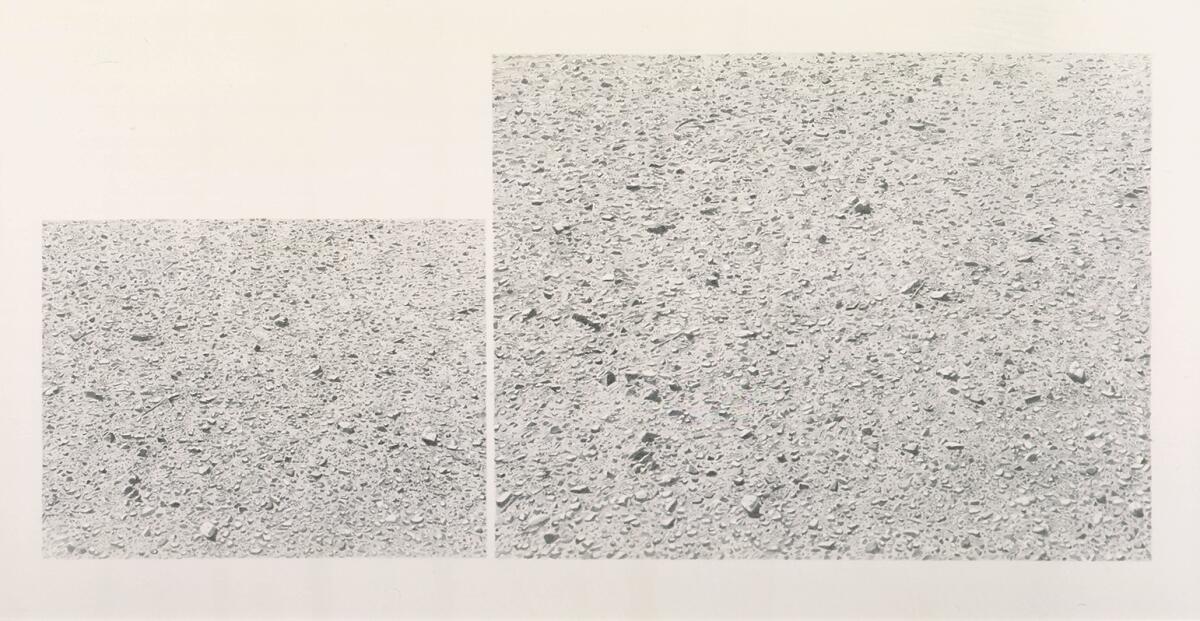
LACMA held its 11th annual Art + Film Gala last Saturday night, and my colleague Deborah Vankin was there to capturing the air kissing and the speechifying. The night’s honorees were artist Helen Pashgian and filmmaker Park Chan-wook. Find Vankin’s report on the night’s proceedings — and all the hot lewks — right here.
I’ve twice been caught on Google Street View — drinking beer on my porch and riding my bike through Brooklyn, N.Y.— and am always intrigued by the stories that artists make with the images they find on this rather singular system of mapping (not to mention surveillance). L.A. artist Felix Quintana harvests images of L.A. landscapes with personal significance (including a street view image that captured his father) and uses them to create cyanotypes, reports Sarah Quiñones Wolfson. The work is a tribute to his roots and L.A.’s Salvadoran diaspora.
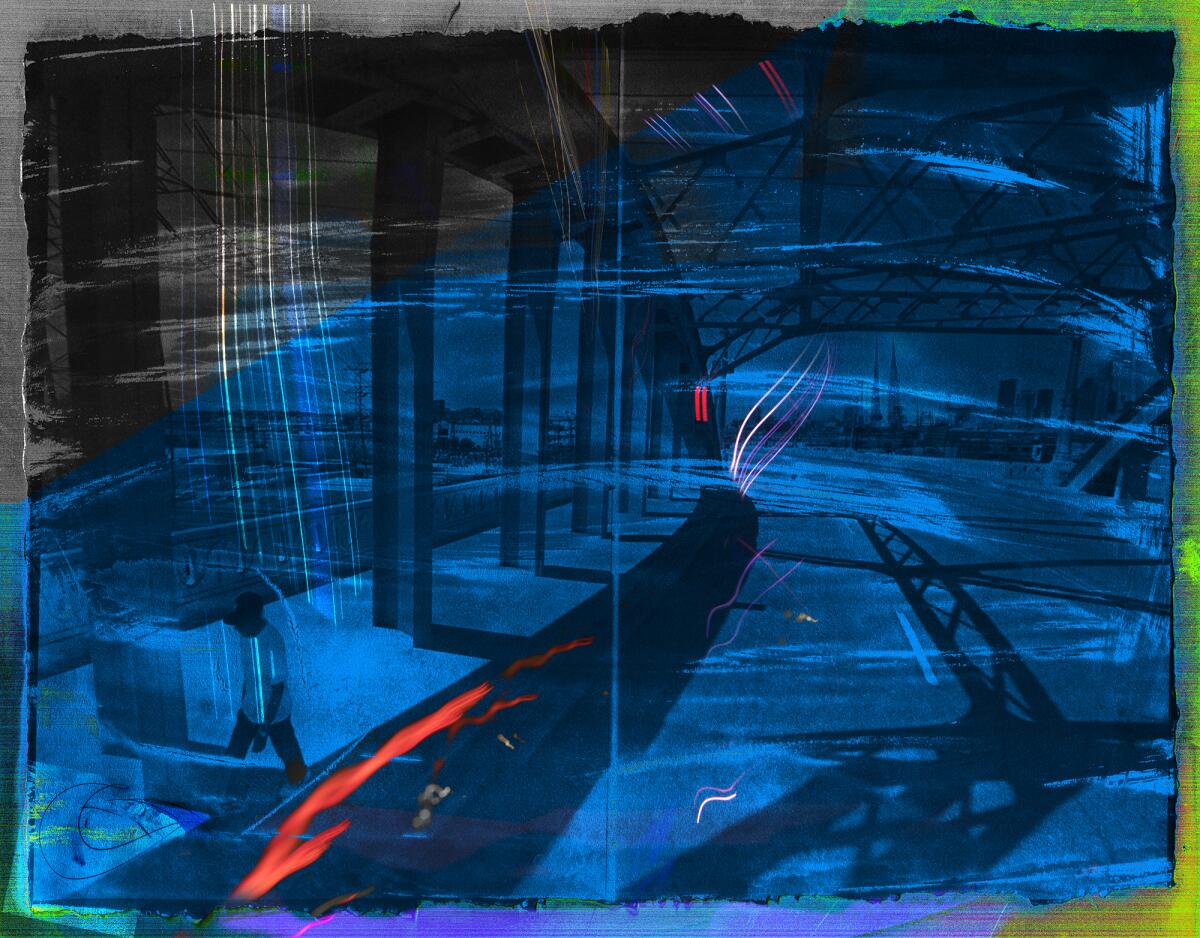
The New York Times’ Jori Finkel profiles L.A. artist Narsiso Martinez, currently the subject of a solo show at the Museum of Latin American Art in Long Beach. His works, which various painting traditions with the sunny optimism of fruit box design, pay tribute to the workers who harvest our food. “I also wanted to ask questions about what it means to be legal,” he says. “Is your food illegal if it’s picked by someone who is so-called illegal?”
Moves
The Getty Museum and Getty Research Institute have announced the acquisition of a 60 photographs by the artists of the Kamoinge Workshop, including images by Anthony Barboza, Louis Draper, Ming Smith and Shawn Walker.
Five Bay Area artists — Binta Ayofemi, Maria Guzmán Capron, Cathy Lu, Marcel Pardo Ariza and Gregory Rick — have been named the recipients of 2022 SECA Art Award. A show of their works will go on view at San Francisco Museum of Modern Art in mid-December.
Passages
Dagny Janss Corcoran, an intrepid reader who founded the legendary Art Catalogues, died on Wednesday at the age of 77. “Art Catalogues is her unique legacy, an extraordinary compendium of gallery and museum monographs and other books on hundreds, and maybe thousands, of artists,” writes art critic Christopher Knight in an appreciation. “Some were rare, others were signed by the artist or writer, and all were worth having. She considered art books to be cousins to art objects.”
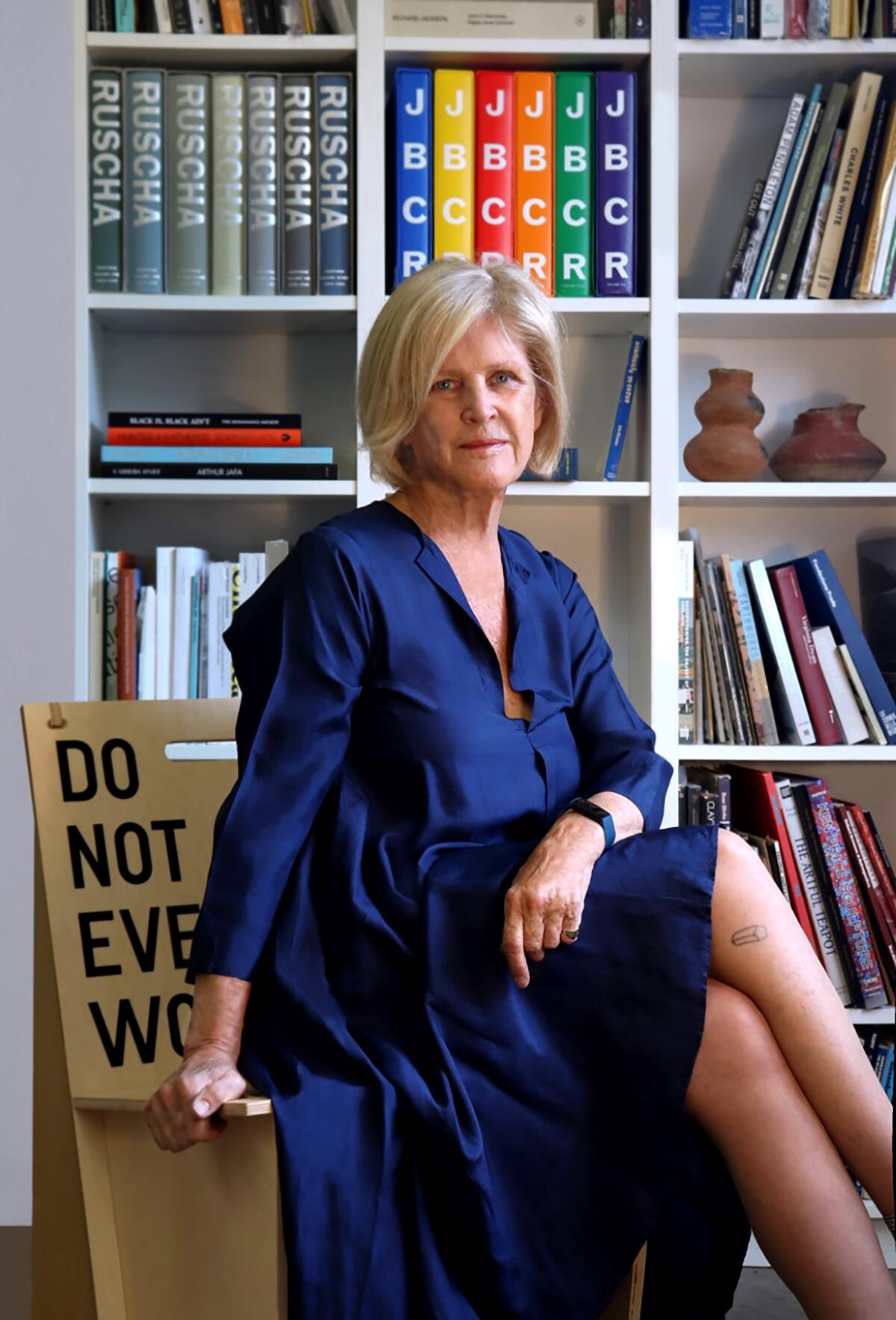
Lee Bontecou, whose enthralling, machine-like works melded painting with sculpture, has died at 91. In an appreciation, New York magazine critic Jerry Saltz writes: “She pulverized form, reshaped and rebuilt it; created her own abstract language and sculptural cosmos; and cleared so much space around her that her art stands mighty and alone in the great art forest of late-20th-century art.”
In other news
— Ed Roski, who has an art school named after him at USC, was a major donor to Texas Gov. Greg Abbott‘s campaign.
— Ukrainian composer Mykola Leontovych’s “Carol of the Bells” is serving as soundtrack for a projections-based installation in Chicago by Kyiv-based studio Photinus that will be on view through Nov. 17.
— Zachary Small of the New York Times sat down with the Mexican businessman who burned a drawing that he claims was created by Frida Kahlo for the purpose of shilling NFTs.
— “When I was 14 or so, I went down into my father’s basement and poured Jell-O into a pie pan rotating on a phonographic turntable and it formed a parabola which cast light, like mercury would.” Fred Eversley, who currently has a show on view at Orange County Museum of Art, tells Artforum about one of his earliest parabolas.
— An “exceptional” trove of 24 ancient statues were found in a network of old baths designed by the Etruscans in Tuscany.
— A fascinating story in Urban Omnibus details the ways in which New York City’s commercial and residential architecture is adapted to function as mosques.
— I was quite taken with this online exhibition of 19th century photographs of Kandahar, Afghanistan, taken by a British military doctor who was member of the British-Indian forces that invaded the city.
— “You consider yourselves as independent people; we, as the original inhabitants of this country, and sovereigns of the soil, look upon ourselves as equally independent, and free as any other nation or nations.” From a really interesting book review by David Treuer on Indigenous histories.
And last but not least ...
How to dismember every Hollywood trope in one easy TikTok.
The biggest entertainment stories
Get our big stories about Hollywood, film, television, music, arts, culture and more right in your inbox as soon as they publish.
You may occasionally receive promotional content from the Los Angeles Times.




